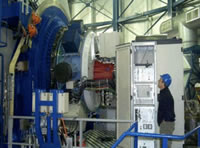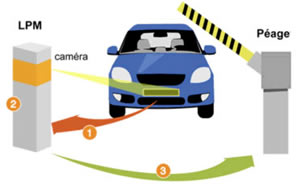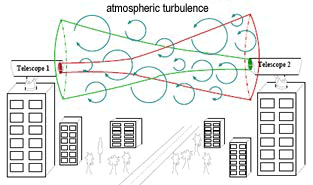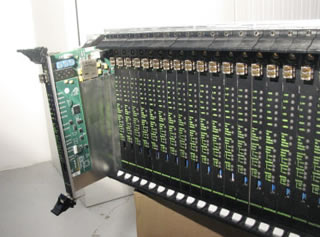Onera spin-off into the world optronics market
When he was an optics research engineer at Onera, Didier Rabaud had the opportunity to take part in the NAOS project for the Very Large Telescope in Chile. After this success, he decided to create his own SME, a service provider for companies in the field of new optronics technologies. Born in 2001, Shaktiware has been able to develop and diversify its activities without ever losing contact with Onera. A look at a fruitful partnership.
Interview
| How did Shaktiware come about? | |
|
Didier Rabaud: I had been a member of the Onera High Definition Imaging Team for a year, when I came into contact with the Shakti company, a sub-contractor for the NAOS adaptive optics system project for the large telescopes in Chile, for which Onera was acting as prime contractor. During the first years of the century, conditions in electronics were quite favorable and Onera was encouraging spin-offs and the launching of start-ups. I joined the optronics branch of Shakti and together with its CEO, Frédéric Chazallet, we created the company Shaktiware. |
 |
| A well-thought out combination of our skills meant that we were able to master all the technologies that we needed for our development: optics and optronics for Shakti, and real-time computing on my side. This pooling of high-level skills meant that we were able to compensate for our lack of human resources and win contracts at the expense of well-established groups that were much larger than us! For example, on the occasion of the Eurotunnel call for proposals, for the installation of automatic license plate readers, we came out ahead of world class high technology companies and of the English company that had won a similar contract for the city of London. How can the success of Shaktiware be explained? DR: After an initial period of growth with Onera within the “cocoon” of large adaptive optics projects, we have been able to diversify into innovative and growing markets: license plate readers, laser telecommunications and we are now very independent in our positioning.
This success has definitely involved a certain degree of luck, but it is also due to listening to market needs and a healthy word of mouth effect between customers, as well as, of course, the construction of a commercial offer. Our success has also relied on a solid learning process, calling both upon engineering and the rigor of a scientific approach.
Thereafter, Onera itself also contributed largely to the optics design. This partnership has thus meant that we have been able to overcome the difficulties met by the Fortune 43G project (optical transmission in free space). However, though we sometimes rely on the upstream research at Onera, the latter also comes to us for help with its research activities: when an activity turns out to be difficult to sustain in-house, then Onera outsources the work to us.
For example, Shaktiware is developing real-time calculators (dedicated processes, software: dedicated software and hardware), as part of annual maintenance contracts. These contracts mean that Onera can significantly reduce its spending in this field. Shaktiware is discovering and developing new applications that we then offer to Onera, helping them to open up new horizons, in the civilian field in particular. |
|


